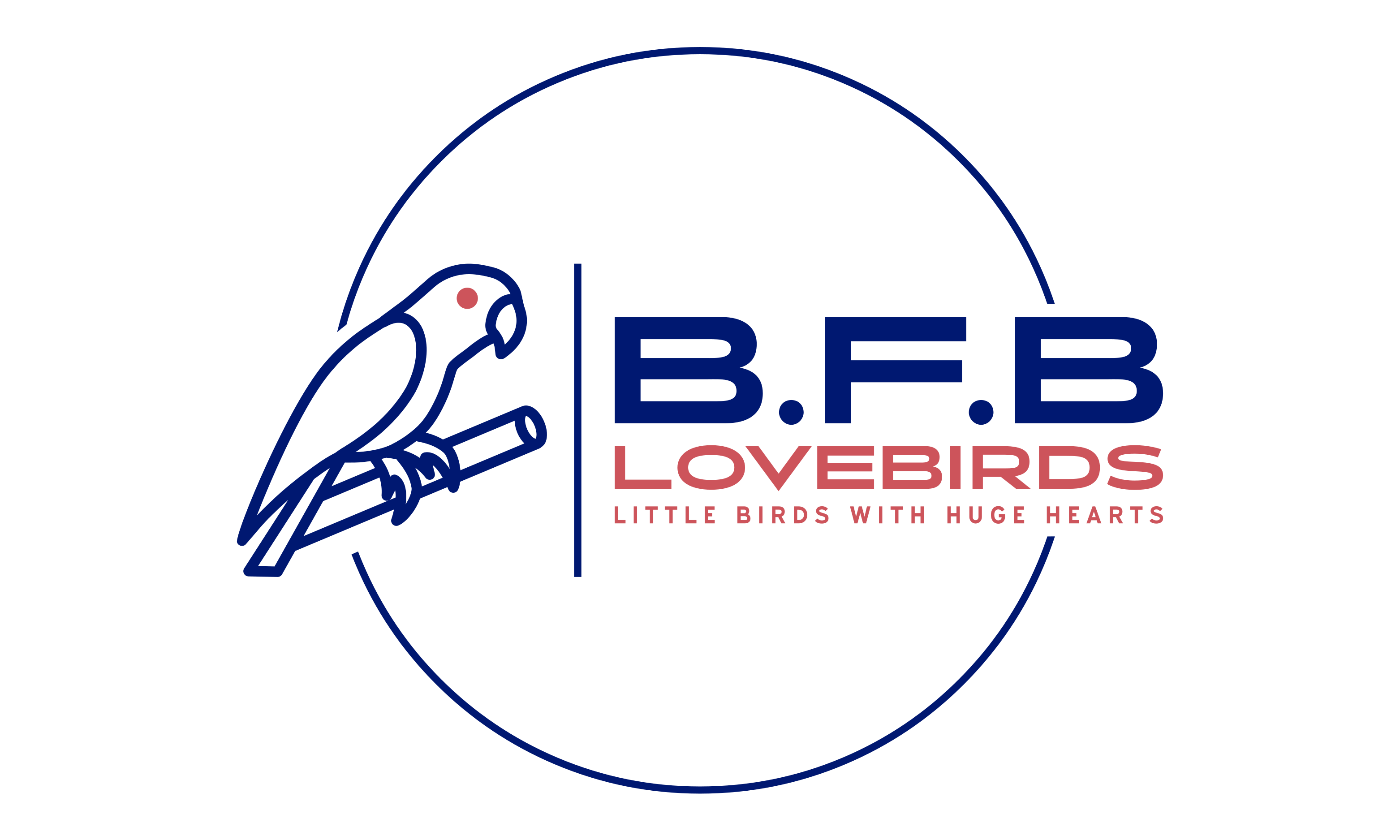# Boy or Girl? Unraveling the Mystery with Lovebirds DNA Testing
In the world of avian breeding, particularly among lovebird enthusiasts, determining the sex of these colorful, charismatic birds can often feel like solving a puzzle without all the pieces. Unlike many other pets, lovebirds do not exhibit obvious differences between males and females, making traditional methods of sexing unreliable. This is where DNA testing comes into play, revolutionizing the way breeders and pet owners understand their feathered friends.
## The Challenge of Sexing Lovebirds
Lovebirds, belonging to the genus *Agapornis*, are among the most popular pet birds, celebrated for their vibrant plumage and affectionate nature. However, their sexual dimorphism is not visually apparent, which poses a unique challenge for breeders. Traditionally, sexing lovebirds required educated guesses based on behavior or invasive surgical procedures, both of which carried risks and uncertainties.
## The Science of DNA Testing
DNA testing emerges as a beacon of hope, offering a straightforward and non-invasive method to determine the sex of a lovebird. The process involves collecting a sample of the bird’s DNA, usually through a blood sample, a feather, or a swab from the inside of the cheek. This sample is then sent to a laboratory where technicians analyze the bird’s chromosomes: Z and W. Birds with ZZ chromosomes are male, while those with ZW chromosomes are female. This genetic approach is nearly 100% accurate, making it the gold standard for sexing lovebirds.
## Benefits Beyond Sexing
While the primary application of DNA testing in lovebirds is determining sex, the benefits extend far beyond. For breeders, knowing the sex of each bird is crucial for planning breeding pairs and managing aviaries. It also helps in preventing aggressive behavior by appropriately pairing birds and can be vital for identifying sex-linked genetic conditions.
For pet owners, understanding the sex of their lovebird can enhance their caregiving. Different sexes may have slightly different care requirements, behaviors, or susceptibility to certain health issues. Moreover, for those interested in bonding with their birds, knowing the sex can help in interpreting certain behaviors and in choosing names.
## The Process: Simple and Safe
Obtaining a DNA sample for testing is surprisingly simple and safe, causing minimal stress to the bird. Most veterinary clinics and many online services offer DNA sexing kits, which include detailed instructions for collecting the sample. Once collected, the sample is mailed to the lab, and results are typically available within a few days to a week.
## Embracing Modern Technology
The advent of DNA testing for sexing lovebirds showcases the remarkable ways in which modern technology is being applied to improve our understanding and care of pets. It represents a significant leap from the days of uncertainty and invasive procedures, offering a glimpse into the future of pet breeding and care.
For lovebird owners and breeders, embracing DNA testing means not just the ability to plan and provide better but also deepens the bond with these delightful birds by understanding them on a genetic level. As we continue to explore the capabilities of genetic testing, the possibilities for enhancing avian care and breeding are truly exciting.
In conclusion, DNA testing for sexing lovebirds is more than just a scientific advancement; it’s a tool that enriches the relationship between birds and their human companions. By leveraging this technology, we can ensure healthier, happier lives for our feathered friends and a more informed, engaged approach to aviculture. Whether you’re a seasoned breeder or a new lovebird owner, consider DNA testing not just for its practical benefits but as a step towards a deeper connection with these enchanting creatures.






